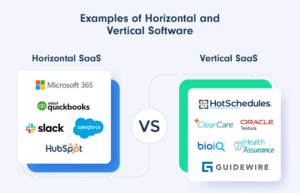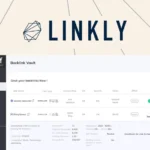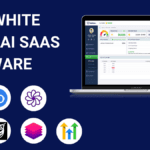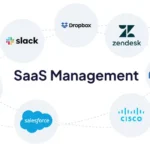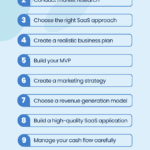Horizontal SaaS targets a broad range of industries, offering versatile solutions. Vertical SaaS focuses on specific industry needs and specialized features.
SaaS, or Software as a Service, has two primary models: Horizontal and Vertical. Horizontal SaaS solutions cater to a wide array of businesses across various sectors, providing generic functionalities like CRM or email marketing. Vertical SaaS, on the other hand, specializes in addressing the unique requirements of specific industries such as healthcare, finance, or real estate.
This specialization allows Vertical SaaS to offer tailored features and workflows that improve efficiency and meet industry standards. Both models have their advantages, with Horizontal SaaS offering broader applicability and Vertical SaaS providing deeper, industry-specific functionality.
Introduction To Saas Models
SaaS stands for Software as a Service. It has become very popular. Companies use SaaS to save costs. SaaS applications run on the cloud. Users can access them through the internet.
SaaS can be horizontal or vertical. Horizontal SaaS serves a wide range of industries. Vertical SaaS focuses on a specific industry. Both have their own benefits.
| Feature | Horizontal SaaS | Vertical SaaS |
|---|---|---|
| Target Audience | Wide range of industries | Specific industry |
| Customization | Less specialized | Highly specialized |
| Scalability | Highly scalable | Scalable within the industry |
| Examples | Salesforce, Slack | Veeva (for Life Sciences) |
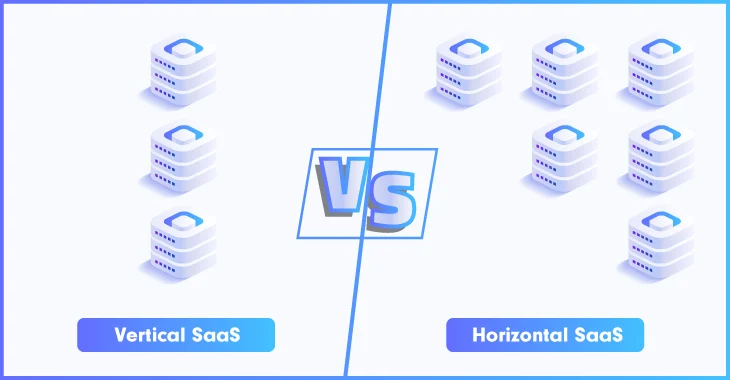
Credit: blog.payproglobal.com
Defining Horizontal Saas
Horizontal SaaS targets a wide range of industries. These solutions are versatile and adaptable. They offer functionalities that many businesses need. Examples include email marketing tools and customer relationship management (CRM) software. Companies from different sectors use them. They provide general solutions rather than industry-specific ones. This approach makes them widely popular and easily scalable.
Salesforce is a prime example of Horizontal SaaS. It serves businesses across various industries. Slack is another great example. It caters to teams in diverse fields. These platforms help many types of businesses communicate and organize their work better. They show the power of a broad market appeal.
Defining Vertical Saas
Vertical SaaS targets specific industries. It offers solutions tailored to the unique needs of each sector. Companies in healthcare, real estate, and finance benefit greatly. These solutions streamline tasks and improve efficiency.
For example, a Vertical SaaS for healthcare might manage patient records. Real estate software could handle property listings and transactions. Finance-focused SaaS helps with compliance and reporting. These tools are designed with industry-specific features.
| Industry | Vertical SaaS Example |
|---|---|
| Healthcare | Patient management systems |
| Real Estate | Property listing software |
| Finance | Compliance and reporting tools |
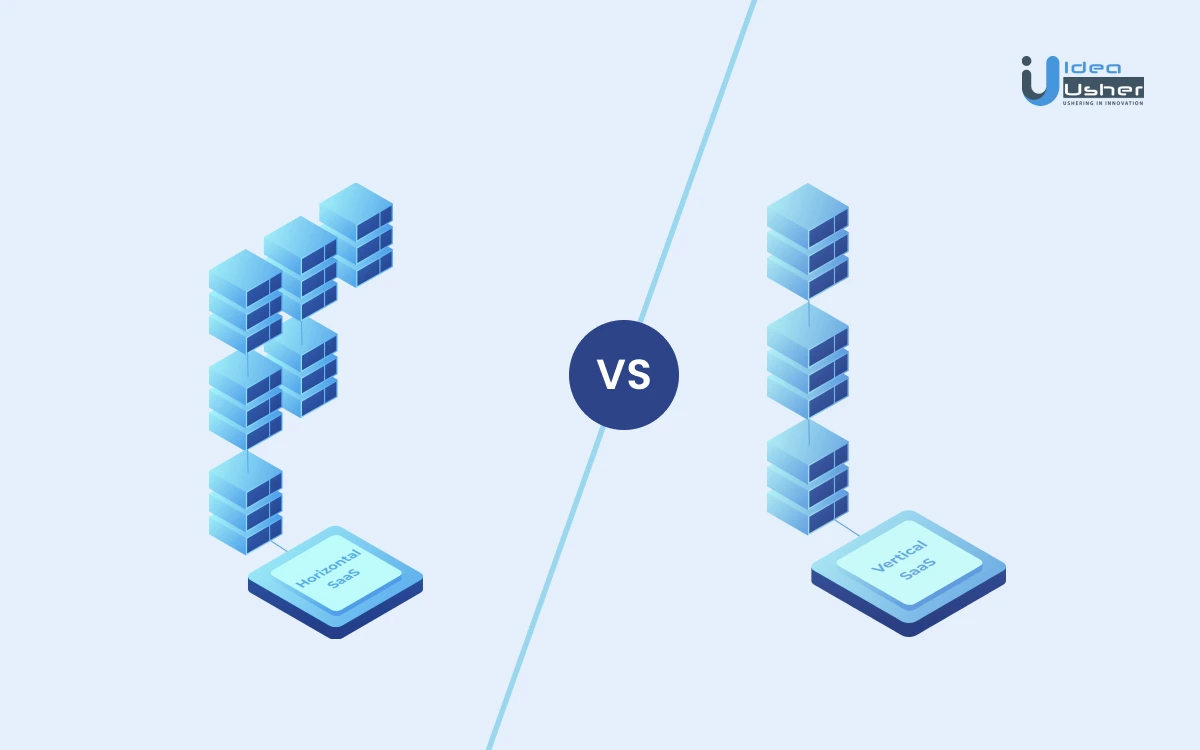
Credit: ideausher.com
Comparing Market Reach
Horizontal SaaS aims for broad market reach across various industries, offering versatile solutions. Vertical SaaS targets specific sectors, providing tailored and specialized features. Comparing market reach, horizontal SaaS often garners a wider audience, while vertical SaaS delivers in-depth expertise for niche markets.
Scope Of Horizontal Saas
Horizontal SaaS solutions target a broad range of industries. They offer general-purpose tools used by various businesses. For example, office suites and email marketing services. These tools aim to solve common business problems. This approach maximizes market reach. It allows companies to serve a wide customer base. Flexibility and scalability are key benefits. Companies can easily adapt these tools to their needs.
Depth Of Vertical Saas
Vertical SaaS focuses on specific industries. These solutions offer tailored features for particular markets. Examples include software for healthcare, real estate, and finance. This specialized approach addresses unique industry challenges. Vertical SaaS provides more in-depth solutions. It caters to the exact needs of each sector. This creates high customer satisfaction and loyalty. Businesses in these sectors often prefer tailored solutions. They meet their specific requirements more effectively.
Customization And Integration
Horizontal SaaS offers broad solutions across industries, while Vertical SaaS provides tailored services for specific sectors. Customization and integration are crucial for both, ensuring seamless operation and user satisfaction.
Adaptability Of Horizontal Saas
Horizontal SaaS solutions are made for many industries. They offer wide-ranging features that fit many needs. These tools are easy to integrate with other systems. Businesses can use them with existing software. Customization is not very deep, but it covers basic needs well. Companies get a flexible platform that grows with them.
Tailored Approach Of Vertical Saas
Vertical SaaS is built for specific industries. It provides customized solutions for unique challenges. Integration with industry tools is smooth and efficient. Businesses get deep customization options. This allows them to meet specific needs. Vertical SaaS offers a tailored approach that boosts productivity.
Cost Considerations
Horizontal SaaS usually offers a standard pricing model. This fits many different industries. Vertical SaaS, on the other hand, often has custom pricing. This is tailored to specific industry needs. Companies must decide which model suits them best.
Horizontal SaaS often shows a faster initial return on investment (ROI). This is due to its broad application. Vertical SaaS, however, can lead to higher long-term ROI. This is because it solves specific problems in one industry.
Many businesses prefer the customized solutions offered by Vertical SaaS. This often results in better efficiency and satisfaction. Choosing the right SaaS depends on the specific needs and goals of the business.
Challenges And Limitations
Horizontal SaaS aims to serve a broad market. This can be costly and complex. Different industries have unique needs. Meeting all these needs can be tough. Also, competition is fierce. Many companies fight for the same customers. Marketing efforts must be broad. This can dilute the brand message.
Vertical SaaS targets specific industries. This limits the market size. Growth opportunities are fewer. Adapting to industry changes can be challenging. Customization requirements can be high. Each industry may need different features. This increases development costs. Scaling becomes harder as the business grows. The focus remains narrow, limiting expansion.
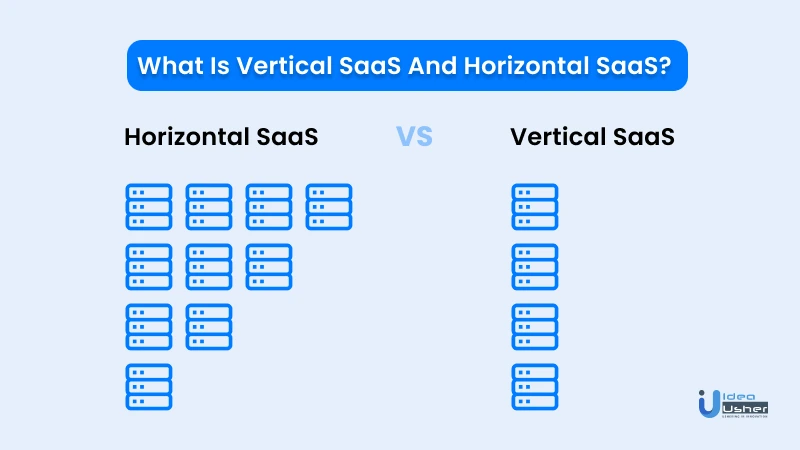
Credit: ideausher.com
Future Trends In Saas
Businesses need software that fits their specific needs. Horizontal SaaS offers generic solutions for many industries. Vertical SaaS provides tailored solutions for specific sectors. This trend will continue to grow. Companies will prefer software that meets their unique demands. Customization and flexibility are the keys to success.
Technology is always changing. AI and machine learning are becoming more important. These technologies can make SaaS smarter. Horizontal SaaS can use AI to serve many industries better. Vertical SaaS can use AI for niche markets. Cloud computing also helps SaaS grow. It makes software accessible from anywhere. Both Horizontal and Vertical SaaS will benefit from these advancements.
Making The Right Choice
Business needs differ between companies. Horizontal SaaS serves a wide range of industries. Vertical SaaS targets specific sectors. Think about your target audience. Understand your industry-specific needs. A broad approach may fit many users. A niche solution can offer deep expertise. Customization is key for unique workflows. Scalability matters for growing businesses.
Market trends change quickly. Horizontal SaaS can adapt to various markets. Vertical SaaS focuses on niche markets. Customer demands influence your choice. Competitive advantage is crucial. Specialized solutions can offer more value. Flexibility is important for shifting needs. Innovation keeps your business ahead.
Frequently Asked Questions
What Is Vertical Saas Vs Horizontal Saas?
Vertical SaaS targets specific industries, offering tailored solutions. Horizontal SaaS serves a broad range of industries, providing generalized solutions.
What Is The Difference Between Vertical And Horizontal Software Development?
Vertical software development targets specific industries. Horizontal software development creates general solutions for multiple industries. Vertical software is niche-focused. Horizontal software has broad applicability. Vertical solutions address unique industry needs. Horizontal solutions cover common business functions.
What Is The Difference Between Vertical And Horizontal Market Software?
Vertical market software targets specific industries, like healthcare or finance. Horizontal market software serves a broad range of industries, like word processors or email clients.
What Is An Example Of A Horizontal Software?
An example of horizontal software is Microsoft Office. It includes applications like Word, Excel, and PowerPoint.
Conclusion
Choosing between horizontal and vertical SaaS depends on your business needs. Horizontal SaaS offers broad solutions across industries. Vertical SaaS provides specialized tools for niche markets. Evaluate your industry requirements carefully. The right SaaS model can streamline operations and drive growth.
Make an informed decision to maximize efficiency and success.
